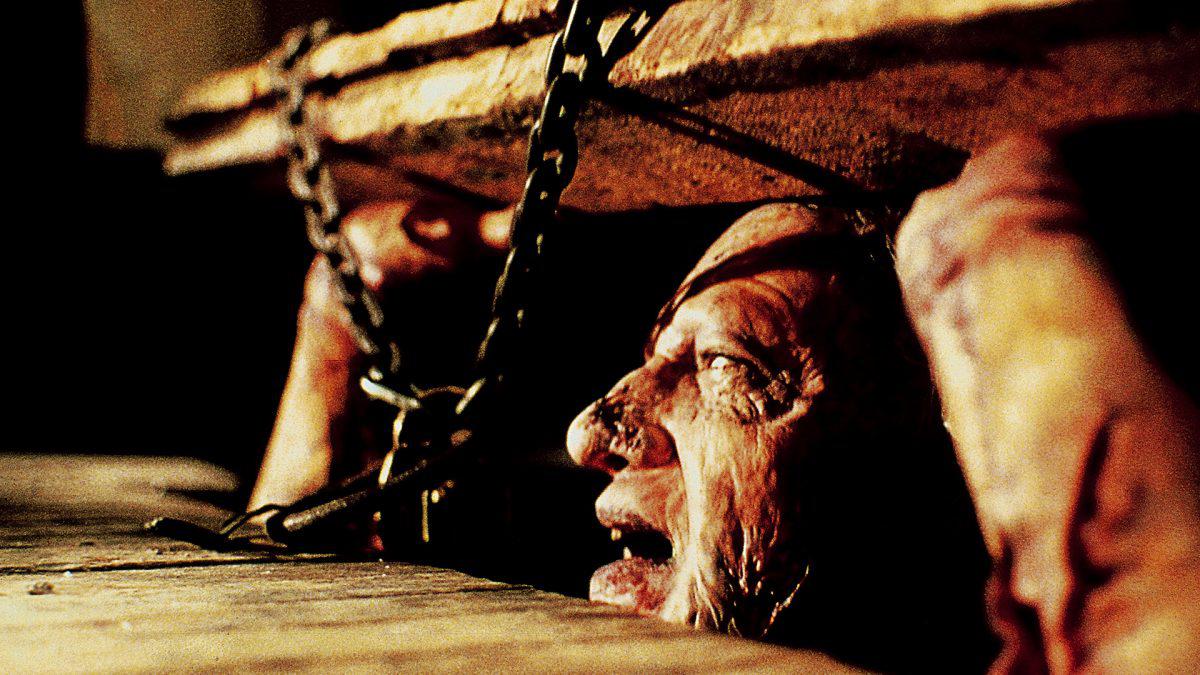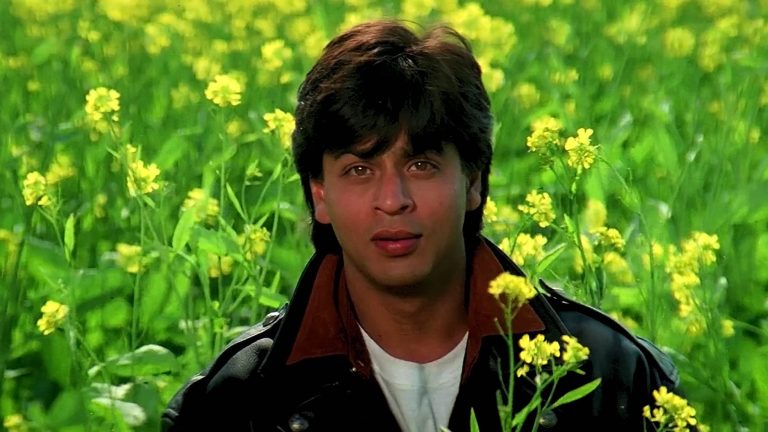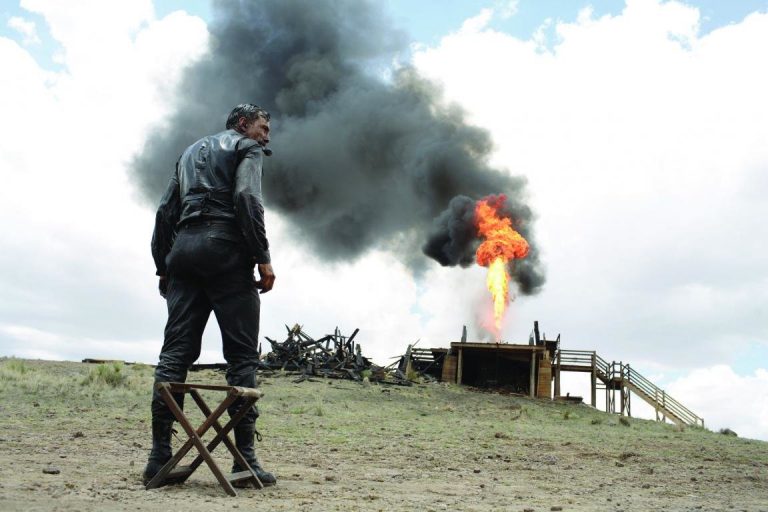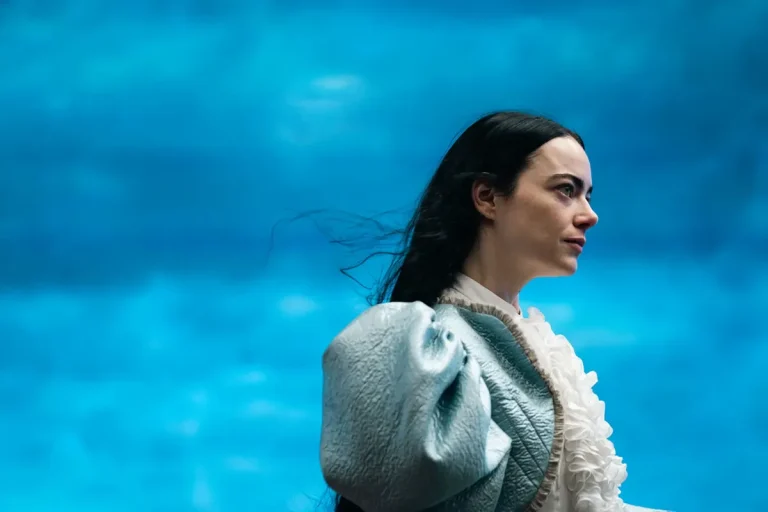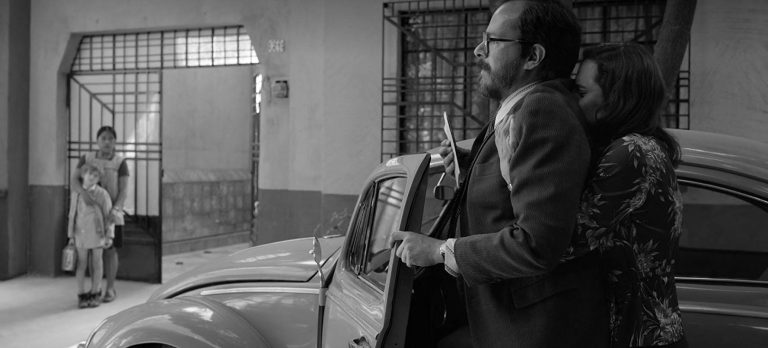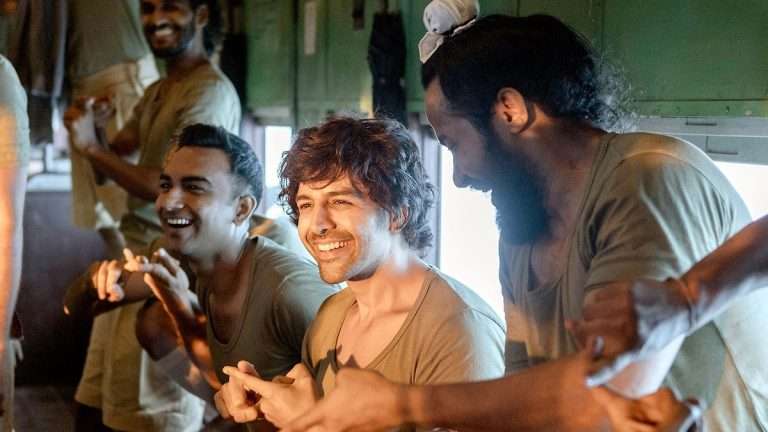Sam Raimi’s The Evil Dead Trilogy Essay: The 1980s is the decade that unequivocally stands as the valedictorian when it comes to the horror genre in Hollywood cinema. On the bedrock of essential works like The Exorcist, The Omen, The Texas Chainsaw Massacre, etc., the late 1970s and 1980s saw a major upsurge in the field of horror production. The success of major horror blockbusters from the 1970s, combined with technological innovations and advancements in special effects, especially with the widespread usage of animatronics and foam latex, inspired many filmmakers and productions to invest in the medium. The genre was redefined and revolutionized with respect to storytelling, aesthetics, use of sound, colors, tonality, and treatment.
While formerly, the drama and suspense flourished through anticipation and imagination, this revolution brought about the imaginations to life and hence started melting, expanding, and reshaping itself as a genre. Although the popular films from this era convened a sizable audience, cementing themselves as cult classics, they were soon faltering on moss rolling in the dust and couldn’t quite stand the test of time.
However, a shoestring-budget gloomy outfit efficiently stitched and designed by the now-celebrated Sam Raimi was a seeming exception. A film that turned into a trilogy, a television series in 2015, and two standalone released in 2013 and 2023 respectively. The Evil Dead universe has remained active and moving since its inception. Sam Raimi’s propelling direction and distinctive style in the trilogy have cultivated, sustained, and blossomed the franchise.
This article attempts to explore the tangents and genre tertiaries that the Evil Dead trilogy delves into and the use of story and tonality of the three films, both individually and relatively.
The Evil Dead (1981)
The first film, known for its low-budget utility and effective grotesque prosthetics and special effects, kicks off as a suspenseful horror flick. A group of young men and women- 2 couples and the sister of one of the guys are on their way to a secluded log house in the woods. Within the very first moments, the film inter-cuts between their quotidian dialogue and something eerie, low lurking through the wild bushes and dead woods, moving nimbly and discomfitingly.
The characters escape a fatal accident in screeches and screams, indicative of the sinister atmosphere and a gluttonous omen swallowing the woods. After arriving at the spot, Scott approaches the cabin to a suspicious wooden swing knocking at the walls of the house. Sam Raimi’s trembling handheld camera follows Scott as he distances himself from his mates, walking towards the cabin as they stand at the car, unmoved with weak knees glaring at Scott, worrisome and apprehensive.
The group forebodingly survey the house. They scan through the creaky, dusty furniture and suspicious souvenirs, as it was dark in no time. A grandfather clock freezes and hypnotizes Cheryl’s eyes while she sketches. The wind starts breathing heavily, making the curtains wave with echoes of ethereal haunting voices reverberating at the striking clock. The forest is now alive and awake. The film invests less time building up the satanic surrounding as it progresses rapidly and intimidatingly, setting itself up as a gritty, rawly lit horror tale.
The characters sit at the hearth surrounding an antique recorder they found in the basement. They start playing it as a man narrates his experience and findings of paranormal events and texts. The ambiance gets frightening as the man in the recorder starts reciting passages. The supposed demons are resurrected, followed by a brief sequence of passive anxiety, heightening the anticipation.
While the two couples are busy in their rooms, Cheryl gives in to the unusualness of the setting and goes outside into the woods out of fear and curiosity. Startled by her footsteps, she hears voices and is instantly grappled by the roots of the trees in the forest. In a disturbing yet symbolic sequence, she is physically assaulted by the forest, signifying the possession of her soul by the evil spirits of the woods. Cheryl turns into a zombie, and the film thenceforth tiptoes into comedy and absurdism while thematically and scenically being household horror.
As the film enters the 2nd half, it becomes a showdown- genre disparity, zombies v/s humans, body horror, and grotesque imagery with special effects, prosthetics, jump scares, and vivacious action. This idiosyncratic notion of tap dancing into multiple mutually exclusive genres provides quite a unique experience where we, as viewers, consume with a certain abstrusity. Not quite knowing how to feel, The Evil Dead provides a refreshing experience with respect to its tonality and mood shifting.
One by one, the characters get possessed while Ash (Bruce Campbell) remains the sole human in the log house. In a series of sequences, we see him managing to save himself but failing to save his friends. Towards the end, Ash is sent on a brief self-reflective interlude, trying to fight his fear, love, and death. He somehow manages to feel the catharsis and witnesses the sunrise as Sam Raimi’s camera blacks out with a cliffhanger.
Evil Dead II (1987)
The sequel unveils itself as a duplicate of the former. A couple, Ash and Linda, are on their way to the woods to vacay in the log house. Sam Raimi, walking on the footprints of his previous endeavor, only this time, accelerates straight to the conflict where Ash plays the recorder while his girlfriend is in the other room. The historian narrates his experience and starts reciting a passage as things get violent. Ash leaves the house only to find Linda possessed by the evil spirits in the woods. He somehow fights and decapitates her while being injured himself.
As he buries her in the wake of dawn, the bruises on him serve as a tag of turning into a zombie himself. However, the sunrise sees things getting back to normal. Failing to escape during the day that soon turns into dusk, he shelters himself in the cabin. A few new characters step foot in the film, the late historian’s daughter Annie, her boyfriend, and another couple who help them get to the cabin.
Sam Raimi’s Evil Dead universe welcomingly invites the playful and absurdist tone much earlier than its predecessor. Equipoising the grotesque chainsaw sequence with whimsical stop-motion images. Now with an infected hand, Ash fights himself in a relatively long sequence of maniacal episodes that end in him chopping off the wrist. On the other hand, Annie and company arrive at the cabin and face off against Ash in a soon-to-be-solved misunderstanding.
The spirits haunt and possess the cabin and its people; eventually, Ash and Annie are the only ones left. The film now becomes a full-throttle Russian roulette of horror, comedy, and action. Although not embedded within the plot narrative-wise, the story and Ash’s character from the 1st part do reflect upon the same character in the 2nd part. While in the first part, Ash fights to escape; here, he fights to win and save.
The film ends with Annie reciting the passages to amend things. She is killed in the process, and a glitch in time warps Ash, his car, the rifle, and the chainsaw as he is teleported back in time to fulfill a prophecy and a threequel. Evil Dead II is a standalone viewing. However, it also acts as a bridge to the 3rd part of the trilogy, not just as a tale but from a thematic perspective as well. How it gears up for an adventure toward the end indicates how the series will progress. A horror comedy that turns into a transient adventure and a phallocentric heroic tale of Ash and Annie fighting human-turned-dead caricatures.
Army of Darkness (1992)
The third and final part of the trilogy picks up right where Evil Dead II ends. A full-fledged period setting within a castle- cavalry and infantry, church and state governance, enslaved people and traders, superstitions, brutality, and the Book of the Dead. Ash has traveled back to 1300 AD, is chained as a slave, and is taken to the castle to be killed. He is thrown into the hole and set against the zombies, but he kills them and rises from it. As the camera bows down, looking up at him in wide frames, Ash has grown, like a God in the desert, with his chainsaw and the 12-gauge double-barreled Remington.
To go back to where he belongs, Ash devises an alloyed hand and is off into the woods to find the Book of the Dead. In the mysterious fumes of the hills, he tries but fails to overcome the voracious spirits and decides to reside in the windmill house on the outskirts. At dusk, he comes across the demons in the form of clones that gradually become a twin nemesis. Ash somehow escapes with the book to go back home. However, Sam Raimi’s grandeur vision demanded an unrestrained exhibition – kicking off as a horror flick, taking various shifts and turns into other genres, it transforms into an action-packed adventure comedy. Army of Darkness becomes a battle between the living and the dead that takes place for the whole of the final act, with Ash and his army proving victorious.
Sam Raimi’s stop-motion animation is in its most active form, with armored skeletons fighting humans. The rapid camera cuts and movements within the battle showcase various killings and face-offs. The Evil Dead Universe culminates in a fantastical epic, exploring a cross-section of genres – horror, comedy, fantasy, adventure, suspense, and action. The unique amalgamation has sustained a strong cult following of the franchise even four decades since its release. Sam Raimi’s constant fascination with tonal shifts, camera work filled with anticipation, sensation, exuberance, and special effects full of wonderment and detailing sets it apart as an exciting experience in the field of entertainment.
Genre subversion
Sam Raimi’s zestful genre subversion is the crux of what makes the series successful through carefully tiptoeing between horror and comedy in the first part, where it takes time to really showcase this multifaceted trajectory. We’re in an almost strict deadpan horror mode before the second half kicks off with gory comedy and absurdism, taking its time to slowly transition while not letting off the horror features. This treatment very effortlessly serves as an appetizer for the 2nd part, wherein a full-throttle concoction of comedic absurdity is brewed.
While parallelly, Evil Dead II reiterates Ash as the main character taking up the hero’s journey. Thus establishing Ash as the hero and knitting the fantasy pathway as a cliffhanger for Army of Darkness, which unfolds as an overt fantasy thriller. Sam Raimi’s seamless transitioning and constant genre subversions make the very elaborate and dynamic viewing experience seem unblemished without plausible hurdles or hiccups.


